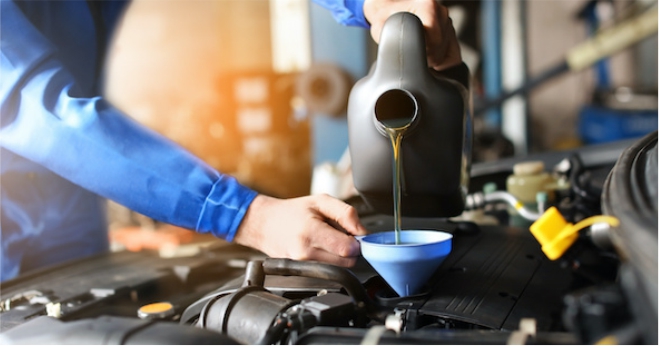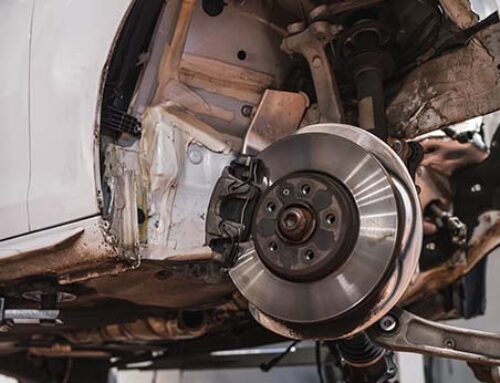Your car’s engine is like the heart of your daily commute. Skip one simple engine oil change, and it could start skipping beats. Here at Patel Auto Service Centre in Australia, we’ve seen fresh oil turn noisy engines quiet again. This guide covers everything from basics to advanced tips, tailored for Aussie roads. Whether you’re a new driver in the city or a luxury car owner hitting the highways, you’ll find clear steps to keep things smooth.
What Is Engine Oil and Why Does It Need Regular Changes?
Summary: Engine oil is a lubricant that protects your car’s engine by reducing friction, cooling parts, and cleaning debris. Regular changes remove dirty oil and add fresh to prevent wear.
Engine oil flows through your engine to keep metal parts from grinding. It starts clean but picks up dirt, heat, and tiny metal bits over time. In Australia’s dusty outback or humid coasts, this happens faster. Without changes, old oil thickens into sludge that blocks flow.
A fresh engine oil change restores protection. It cuts engine wear by up to 50% and boosts fuel use. For luxury cars we service at Patel Auto, this means quieter rides and longer life. Think of it as an oil bath for your pistons, skip it, and things overheat fast.
How Does Engine Oil Work in Your Car?
Summary: Engine oil circulates via a pump to lubricate moving parts, absorb heat, and trap contaminants before returning to the sump for filtering.
Picture oil starting in the pan at the bottom. The pump pushes it up through galleries to coat pistons, crankshaft, and valves. It reduces drag so parts spin free. Hot spots? Oil carries heat away to cool the mix.
In tough Aussie heat, this cooling matters most. Oil also suspends grit to keep it from scratching surfaces. Over 10,000 km, additives break down, so a change refreshes them.
At Patel Auto Service Centre, we explain this during basic oil services. It helps owners see why skipping hurts.
Key Benefits of Regular Engine Oil Changes for Australian Drivers
Summary: Regular engine oil changes improve fuel efficiency, extend engine life, and lower repair costs, especially in hot, dusty conditions.
Fresh oil means less friction, so your car sips less petrol, up to 2% better mileage. Engines run cooler, dodging breakdowns in summer traffic.
For new drivers: It builds good habits early, avoiding big bills. City folks with short trips? Changes fight moisture buildup. Luxury owners? Premium oil keeps high-end parts pristine.
Signs Your Car Needs an Engine Oil Change Right Now
Summary: Look for dashboard lights, odd noises, dark oil on the dipstick, poor performance, or exhaust smoke as key indicators.
Your car whispers before it yells. A glowing oil light? Stop soon, low or dirty oil triggers it. Ticking from the bonnet? Metal rubbing without lube.
Pull the dipstick: Golden is good; black and gritty means change time. Burning smell or blue smoke? Oil leaking into hot spots.
In Australia, dust clogs faster, so check monthly.
When Should You Schedule Your Next Engine Oil Change?
Summary: Change every 10,000-15,000 km or 6-12 months, but adjust for driving style and Aussie weather.
Handbooks set the pace: 10,000 km for most petrol cars. Diesel? Closer to 10,000 km due to soot. To ensure your car stays in top shape, check our guide on how to communicate with your mechanic for tips on discussing maintenance needs effectively.
Short Sydney commutes? Every 6 months, oil stays cold. Highway hauls? Stretch to 15,000 km with synthetic. Heat waves shorten life, so yearly max.
Different Types of Engine Oil and How to Pick the Right One
Summary: Conventional for basics, blends for balance, full synthetic for top protection, match to your car’s manual and drive.
Conventional oil suits older cars, changing every 5,000-8,000 km. It’s cheap but breaks down quickly in heat.
Blends mix benefits, good for mixed Aussie roads at 7,500-10,000 km. Full synthetic? Lab-made for luxury or turbo engines, lasting 15,000 km with better flow.
Step-by-Step Guide to an Engine Oil Change
Summary: Warm engine, drain old oil, swap filter, refill, and check, takes 30 minutes with tools.
Ready for hands-on? Park level, engine warm.
- Jack safely, place the drain pan under the plug.
- Unscrew plug, let oil drain for 10 minutes.
- Wipe filter base, twist off old, lube new gasket, hand-tighten.
- Replace plug, lower car.
- Pop hood, add 4-5 liters via filler, check dipstick.
- Run engine 2 minutes, recheck, top up.
Common Myths About Engine Oil Changes
Summary: Myths like “change every 3,000 km” or “black oil is always bad” mislead, follow your manual.
Myth: Every 3,000 km needed. Truth: Modern oils last longer; 10,000 km typical.
Myth: Black means bad. Nope, oil cleans, so it darkens naturally. Smell or grit? Then change.
Myth: Synthetics cause leaks. False, they seal better over time.
We bust these daily at Patel Auto during electrical checks.
Tips to Make Your Engine Oil Last Longer
Summary: Warm up fully on trips, check monthly, use quality fuel, and fix leaks quickly.
- Let the engine hit temp before shutoff.
- Shade park in the sun.
- Monthly dipstick peeks.
- Top fuel from trusted spots.
These stretch intervals are 20%. Pair with our suspension services.
For city beginners: Short trips? Add conditioner. Highway pros: Monitor via OBD.
Keep Your Car Running Strong with Patel Auto
Engine oil changes keep your ride reliable on Aussie roads. From city stalls to outback runs, stay on top for peace.
At Patel Auto Service Centre, book your basic oil service today. Fair prices, real updates, and full checks included. Call us or book online. Your engine deserves it.
FAQs
- Why is regular engine oil change important?
It reduces friction, cools parts, and prevents wear, ensuring smooth performance on Australian roads.
- What are the signs my car needs an oil change?
Dashboard lights, ticking noises, dark gritty oil, poor performance, or exhaust smoke signal a change.
- How often should I change my engine oil?
Every 10,000-15,000 km or 6-12 months, adjusted for short trips or hot weather. - What types of engine oil are best for my car?
Conventional for older cars, blends for mixed driving, and synthetic for luxury or turbo engines. - How can I make my engine oil last longer?
Warm up fully, check monthly, use quality fuel, and fix leaks to extend oil life.







Leave A Comment